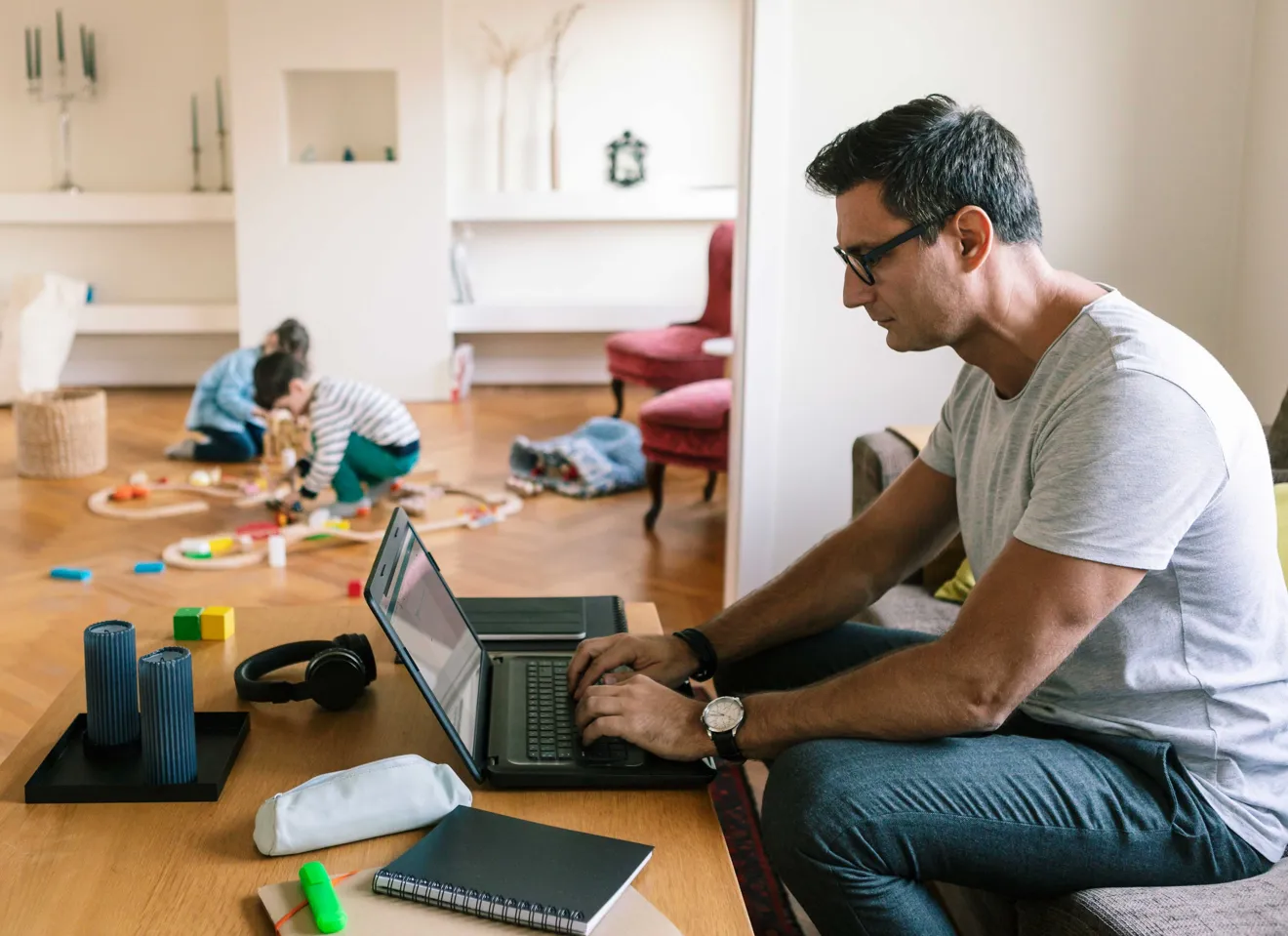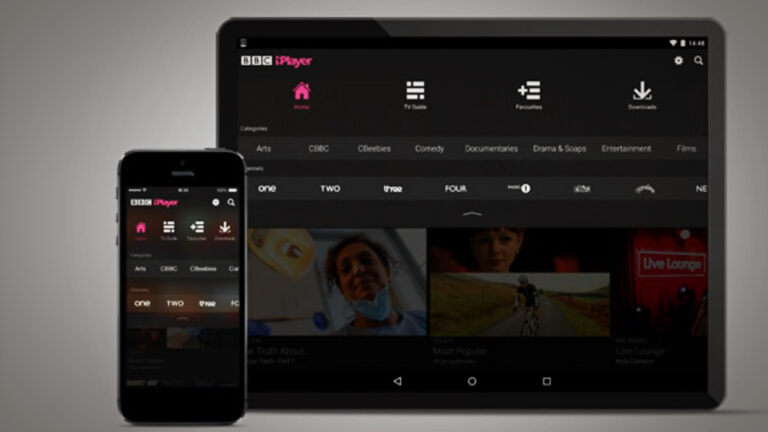How Remote Work is Changing the Future of American Cities

The rise of remote work has been one of the most significant changes to the American workforce in recent years. Once a rare perk for a select few, remote work is now a common practice, especially in the wake of the COVID-19 pandemic. As more employees shift from office spaces to home offices, the question arises: How is remote work shaping the future of American cities? Let’s take a closer look at this trend and its lasting impact.
The Remote Work Revolution
Remote work is no longer just a temporary adjustment. According to recent surveys, a large portion of the U.S. workforce is now working from home at least part-time. Many companies, from startups to tech giants, have embraced this shift and made permanent changes to their work policies. This has created a ripple effect, influencing everything from office real estate to urban development and local economies.
The Decline of Big City Office Space
One of the most immediate effects of remote work is the decline in demand for office space in major cities. In places like New York, San Francisco, and Chicago, office buildings that were once bustling with employees are now standing mostly empty. With more workers staying home or working from co-working spaces, companies are reassessing their need for large, expensive office leases.
This has prompted many businesses to downsize or even give up their physical office spaces altogether, opting instead for remote-first or hybrid models. As a result, city skylines are starting to look a little different, with fewer businesses occupying traditional office buildings.
Suburban and Smaller Cities on the Rise
With fewer people commuting to work every day, the focus is shifting from the big cities to suburban and smaller areas. People are no longer tied to the traditional office in major metropolitan hubs. As a result, many workers are leaving high-cost cities like San Francisco or New York and moving to more affordable areas where they can enjoy a better quality of life.
This shift is creating a boom in suburban and rural real estate markets, with remote workers flocking to towns with more space, lower housing costs, and access to nature. These areas are experiencing economic growth as remote workers invest in local communities, opening businesses, and boosting local economies.
Transportation and Traffic Changes
Another area where remote work is making a noticeable impact is transportation. With fewer people commuting to offices, traffic congestion in large cities has decreased significantly. During rush hours, once-crowded highways and public transportation systems are now much less packed.
This reduction in commuter traffic has had positive effects on the environment as well, reducing emissions and air pollution. With less time spent in cars, people are finding more time to focus on personal projects or spend time with family, contributing to an overall improvement in work-life balance.
City Planning and Development Adjustments
City planners are now rethinking how they design urban spaces to accommodate the new reality of remote work. As the demand for office spaces decreases, cities are exploring creative ways to repurpose old office buildings into residential spaces, co-working hubs, or even community centers.
Furthermore, with more people working from home, there’s a greater demand for high-speed internet, better home office setups, and local amenities like coffee shops, parks, and fitness centers. Cities are likely to invest more in these areas, making them more attractive to remote workers and residents alike.
The Long-Term Impact on American Cities
While remote work has been a game-changer in many ways, it’s still unclear how this trend will evolve in the long run. Some businesses are returning to in-person work, while others are embracing hybrid models. But one thing is certain: Remote work has permanently altered the way Americans view their cities, their homes, and their workspaces.
As remote work continues to shape the future, American cities will need to adapt. From reshaping office spaces to revitalizing suburban areas, the impact of remote work will be felt for years to come. Whether it’s more affordable housing, better quality of life, or changes in city design, remote work is undeniably changing the future of American cities in ways we never imagined.






